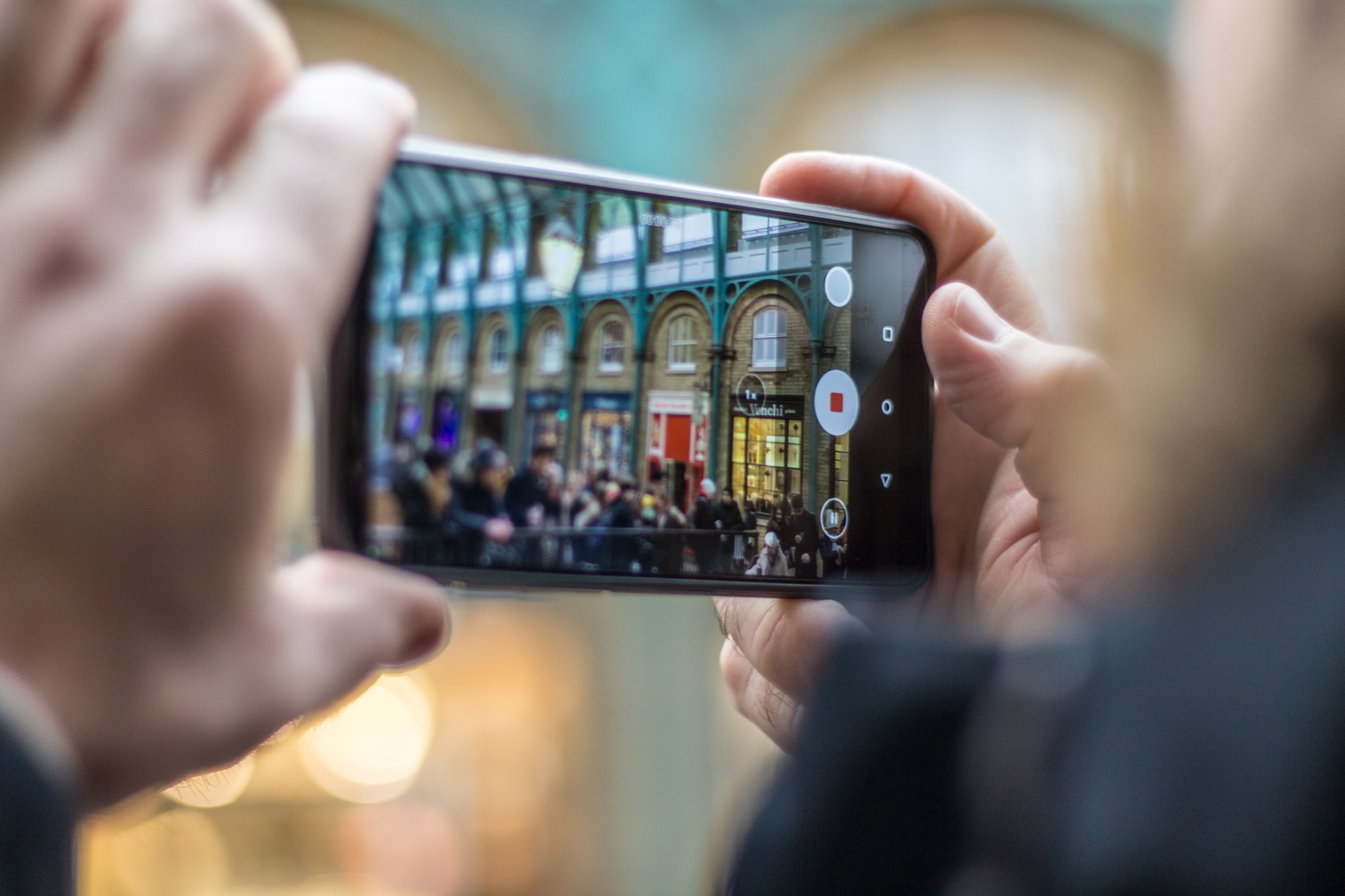Since wearables can become an indispensable part of our lives, 2020 mobile testing trends can reflect this use of IoT. However, it presents new challenges for testing mobile apps when many IoT devices and portable devices sync with smartphones.
Problem number one is whitefish, but tests of reliability and funk ionity do not continue with standard test prose.
QA engineers should also focus on the test-as-user approach. To do this, testing with the right devices instead of emulators will be in the spotlight.
The diversity of IoT singing work equipment is huge. This also requires testing methods to cover the stability of the UX mobile app and connection. No wonder cloud testing is becoming increasingly popular – emulators can fully cover the fabrication of modern mobile app testing.
Test data and test environment management
While about 30 percent of the tests take place in traditional permanent testing environments, demand for a cloud-based temporary environment is increasing. Thanks to the flexibility and transparency of cloud-based testing, companies should look forward to structuring test data management (TDM) and test environment management (TEM). Currently, the most popular types of tests extracted from the cloud . The trend will continue to grow in 2020 as more customers use commercial cloud-based SaaS and PaaS products, and these non-conventional products can be tested in a trivial environment.
TDM is a challenge that comes to construction companies in the Neste years. Maintaining data integrity and creating test data in frequent versions, requirement changes, and multiple platform conditions is certainly a problem suggests in its World Quality Report 2019-20 that test data can be provided as a service in agile models. Companies need to have a new perspective on both the Ministry of Economic affairs and Employment and the Ministry of Economic affairs and Employment, which advises research companies at all levels, from finance to healthcare.
Test with real devices in the cloud
You can afford how to test your app on all the devices your customers want to use – by 2020, they’ll be coming to Kjøpe for around 1.5 million smartphones with research-related OS versions, screen resolutions, and more.
Since your business probably doesn’t have a separate ROM full of mobile devices and hundreds of pairs of free hands, it’s a way to combine test efficiency using a real device cloud. The optimal strategy for testing mobile applications in 2020 is to turn to the right devices and scale to the cloud.
There is no more method than testing the actual devices to control the interaction between users and applications and to secure high-quality products. Cloud devices are an excellent solution for manual and automated testing of large mobile applications and the best way to test SDLC in later stages.
Use AI for testing
The role of artificial intelligence in testing is not to replace human quality assurance professionals, but to streamline the testing process. By 2020, QA engineers will use artificial intelligence even more for specification data.
For example, test tests may require the human tester to monitor, use, and evaluate mobile applications. However, AI Testbot allows you to design test scenarios or write a single line of code that allows you to explore the API and report critical errors in user flow faster than a human tester.
Artificial intelligence can do “heavy lifting” and perform repetitive tasks such as performing, developing and analyzing tests to release the quen0s of data on creativity and critical thinking. Experts suggest that artificial intelligence for testing makes it difficult for software companies to make better use of devops and Agile methods and promote intensive publishing plans effectively.
